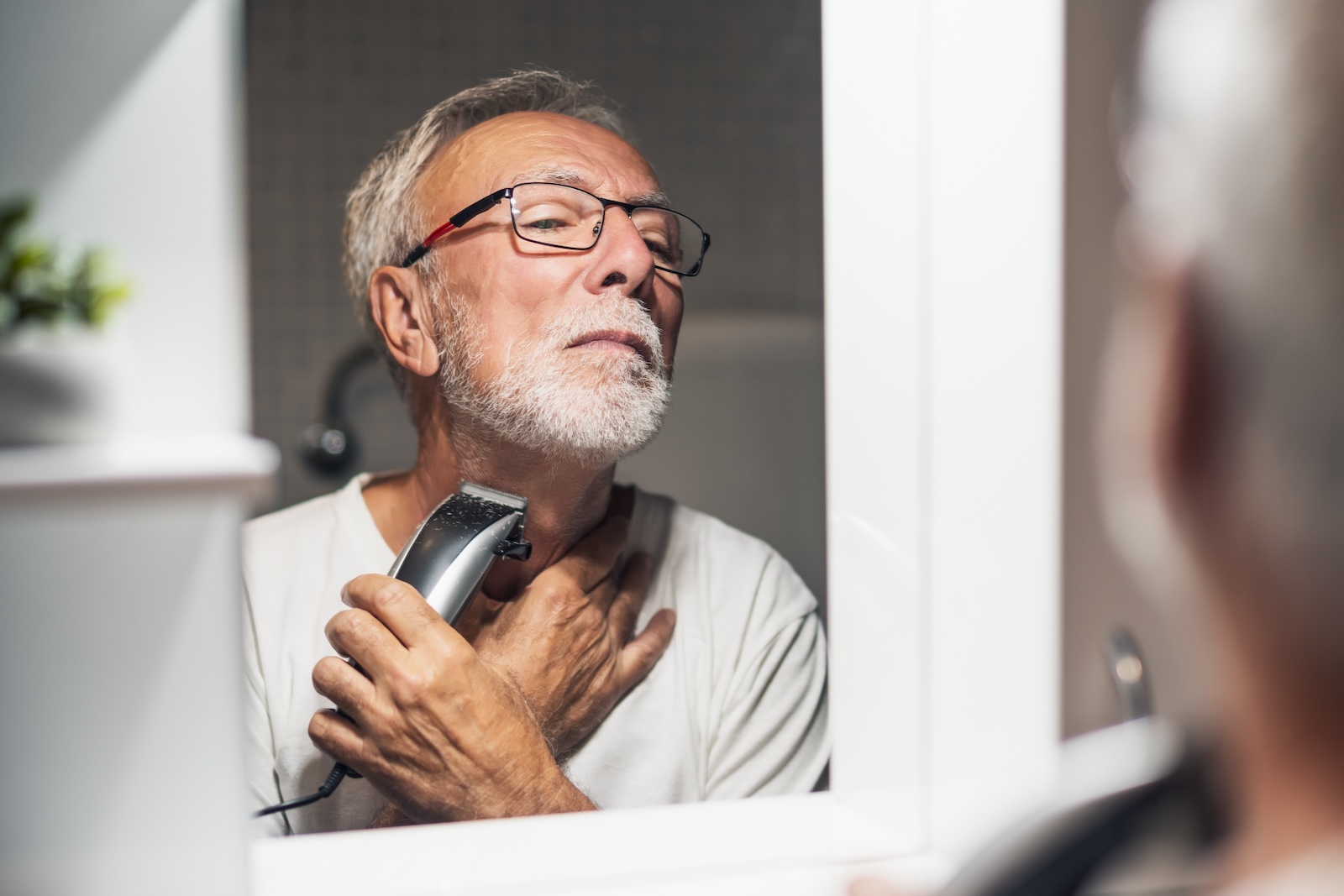Magazine
What Causes Acne Scarring?
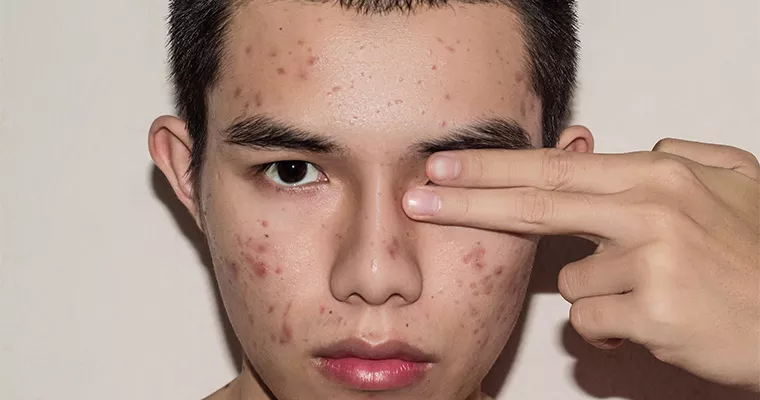
If you are seeking acne scar treatment, then you may be wondering, what causes acne scarring? Here’s what you need to know about this common problem.
Did you know that more than 50 million people in the United States suffer from acne every year? For some, acne may only be a minor problem, while for others it may be severe or even cystic. Acne typically starts during puberty and continues into young adulthood, though for some, it may continue into one’s 30s or 40s.
Whatever the case, acne also coincides with acne scars. A good acne scar treatment can be hard to find, especially if you don’t know what to look for. There are many ways you can get rid of scars caused by acne or at least diminish their appearance, but where should you start?
Keep reading and learn more about how to solve your acne issues below!
What Is Acne Scarring?
Acne happens for a variety of reasons. Often, it occurs when you don’t wash your face often enough. When you don’t wash your face, your face’s natural oils will start to build up and clog your pores along with other debris such as dead skin cells and dirt.
When pores become clogged, they may also become clogged with bacteria that inflame the pores. The response to this inflammation is a pimple. If your acne is caused by excess oil or other debris, you will likely find yourself with a clear complexion once you start washing your face once or twice a day.
A more stubborn form of acne is hormonal acne. This is common in teenagers but it may continue into adulthood in some cases. Hormonal acne is famously hard to treat and it can create a severe form of acne such as cystic acne.
This kind of acne is more likely to create scarring compared to the small pimples that result from not washing your face. As mentioned before, acne occurs when a pore becomes inflamed for one reason or another. When this happens, the inflammation actually breaks down the cells within the pore.
Types of Acne Scars
For small pimples, this cellular destruction is quite small and shallow, so you might not even notice it and it will heal very quickly. For larger pimples, deep pits of destroyed cells can create rather large scars. There are two main types of acne scars: those that are indented and caused by the loss of skin tissue and those that are raised which are caused by excess collagen attempting to heal the injured skin.
There are also several types of indented scars. For example, ice pick scars are quite small and look as if you took an ice pick to your face and poked at your skin. These usually occur in locations of the face where the skin is thinner.
Rolling scars are larger and have a wavy appearance. They occur in thicker areas of the skin. Boxcar scars are similar to rolling scars, but they have sharp edges instead of a rolling shape.
There are also keloid or hypertrophic scars which are raised and often occur on the back or shoulders rather than the face.
There is also the case of acne hyperpigmentation. This is similar to acne scarring, but hyperpigmentation usually goes away on its own with time. Acne hyperpigmentation is a result of excess melanin production (rather than collagen production) and it tends to be worse in those with darker complexions since they already have extra melanin in their skin.
What to Do About Acne Scars
People with acne and acne scars often have low-self esteem and feel hopeless about their skin health. They might try everything to take care of their skin but to no avail. However, there are many facial scar treatment options that you can try that can help reduce the appearance of the scars left over from your acne.
Choosing the best acne scar treatment for you will depend on your skin as some treatments may work better for some rather than others. The first thing you should try is silicone gel. You might have not heard of silicone gel before since it is not as popular as treatments such as chemical peels or medication, but silicone gel is actually quite effective.
It works by treating a particular layer of skin known as the stratum corneum. This is the top layer of skin where most skin problems reside. The problem with acne scars and scars, in general, is that they are made of very dense and fibrous tissue.
Scar tissue is quite unlike normal skin tissue which is soft and flexible. The reason why scars are so hard and inflexible is that excess collagen causes the skin in the scarred region to become much thicker than usual. This is the body’s natural healing response.
Silicone Gel
Silicone gel works by hydrating the stratum corneum layer of your skin. When you hydrate a scar in this way, you will have the chance to soften the scar. This is important because scars are usually dry and hard which makes their appearance worse.
When you soften a scar and provide it with moisture, especially over several weeks or months, the appearance of the scar will start to diminish. Because the scar is no longer as hard as usual, it will be more flexible and become a similar shade to the rest of your skin.
While it is impossible to completely get rid of a scar with silicone gel, this gel can certainly do a world of good when it comes to lessening the scar’s appearance. Many people who use silicone gel on a regular basis find that it helps both raised and flat scars.
Silicone gel is also easy to obtain and you can use it whenever you feel like it (although it is best to use it at least once every day until you start to see an improvement).
Other Methods of Treating Your Acne Scars
Often, you can use silicone gel while trying other treatments for your acne scars. But what other treatments should you try and which are the most efficient? Many people find that chemical peels are quite effective.
Chemical peels come in different strengths, so you can choose one to match the severity of your scars. Glycolic acid peels are quite light and only focus on the superficial layers of skin. This can help make your skin appear brighter and healthier, but it won’t get rid of acne scars.
Medium peels, on the other hand, penetrate deeper into the skin and can be very helpful at breaking down and lessening the appearance of mild to moderate acne scars. Your skin will be quite sensitive after this peel, so it is important to protect your skin and stay out of the sun.
A deep peel is the most intense and you will need to undergo general anesthesia during this procedure. It does a great job at lessening the appearance of scars, although it requires a lot of recovery time and you will need to wear bandages until your face heals.
Laser therapy is another common option for smoothing out acne scars. Laser resurfacing is a therapy that involves the use of a laser to remove the top layers of your skin. While this may sound like quite a threatening procedure, this laser is quite safe and effective at its job.
What You Need to Know
Besides reducing the appearance of acne scars, laser therapy can also reduce the appearance of hyperpigmentation caused by acne and other skin problems such as wrinkles. However, laser therapy tends to be quite expensive and you could easily end up paying a thousand dollars or more for a single treatment.
Laser therapy will also make your skin quite sensitive after the procedure. For that reason, you will want to wear sunscreen whenever you go outside and you will only want to use gentle products on your face to make sure your skin heals properly. Once you try a few different acne scar treatments, you will eventually find one that works best for your skin.
All About Acne Scar Treatment
Acne scar treatment can be frustrating because it can seem like nothing is working for your scars. However, it may be the case that you’re simply using the wrong treatments for your skin. Silicone gel, laser therapy, and chemical peels all work very well in improving the appearance of acne scars.
The most accessible option is certainly silicone gel since it is so easy to use. To learn more about it, contact us here.
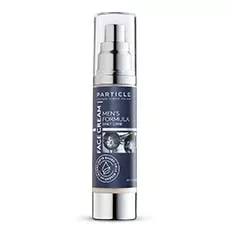
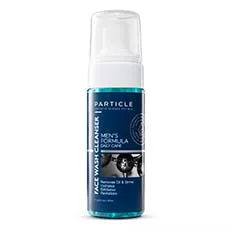
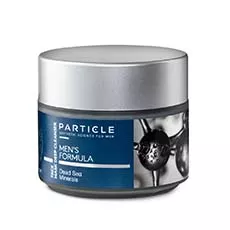
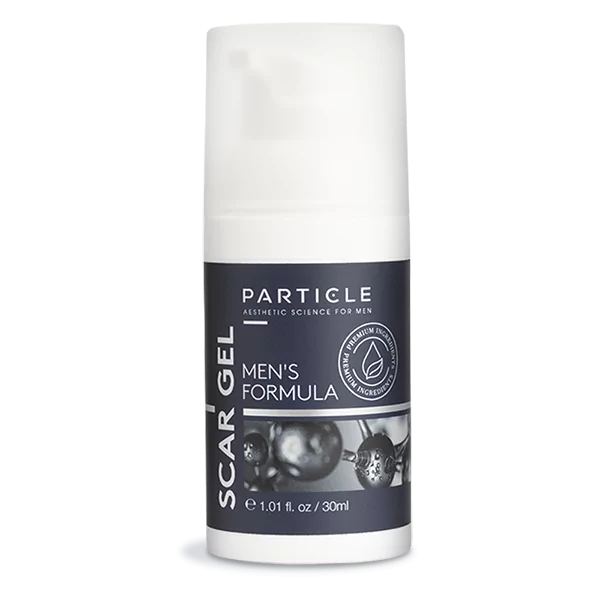
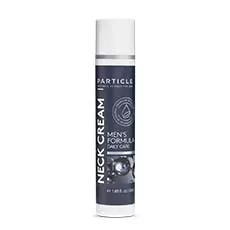
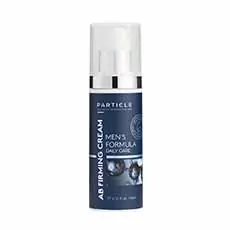
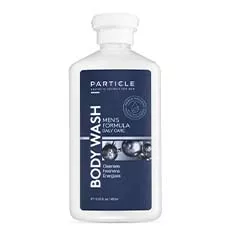
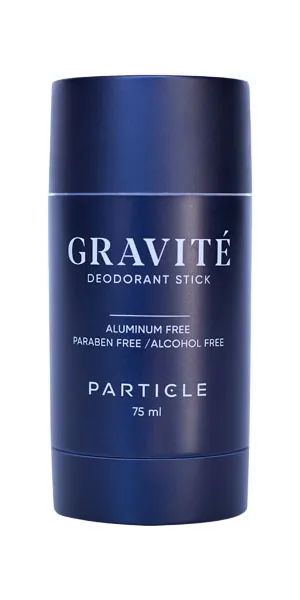
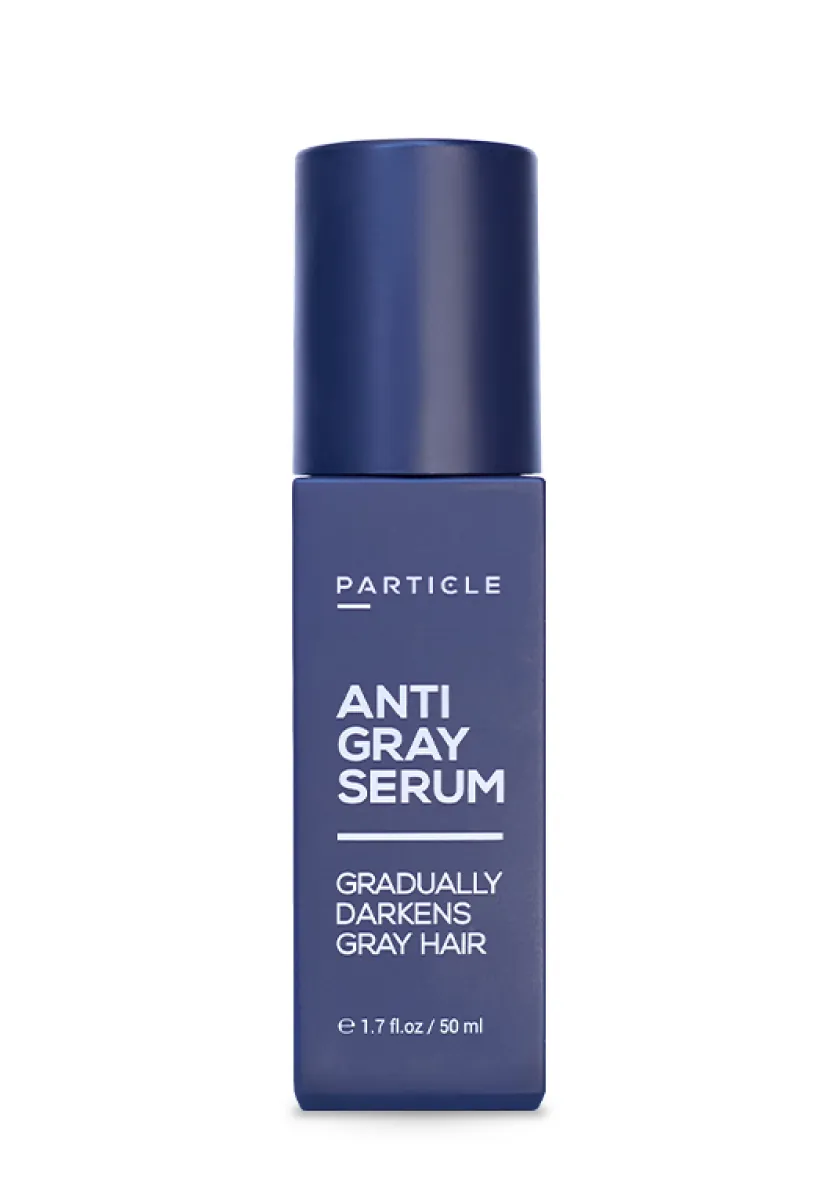
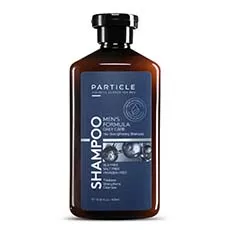
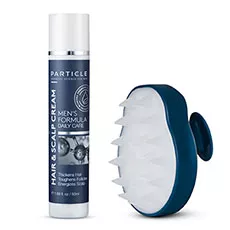
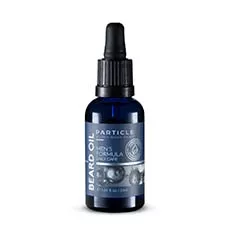
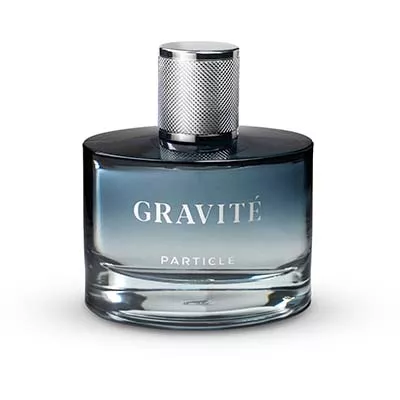

 ca
ca















